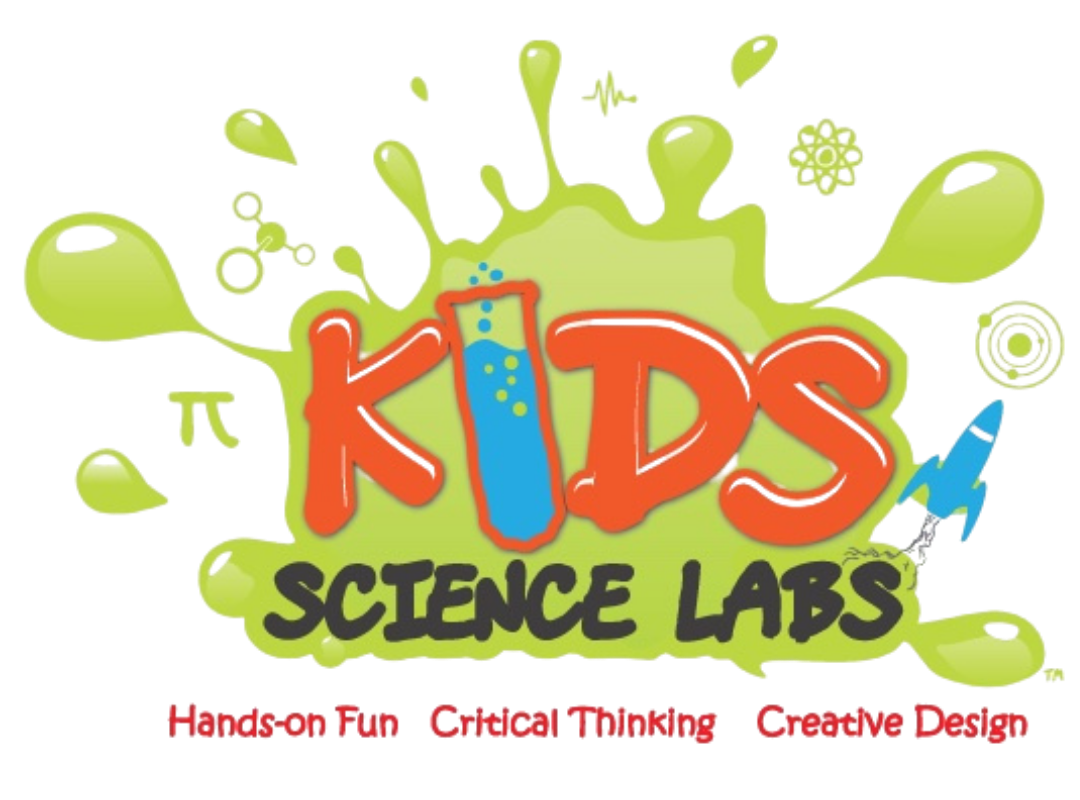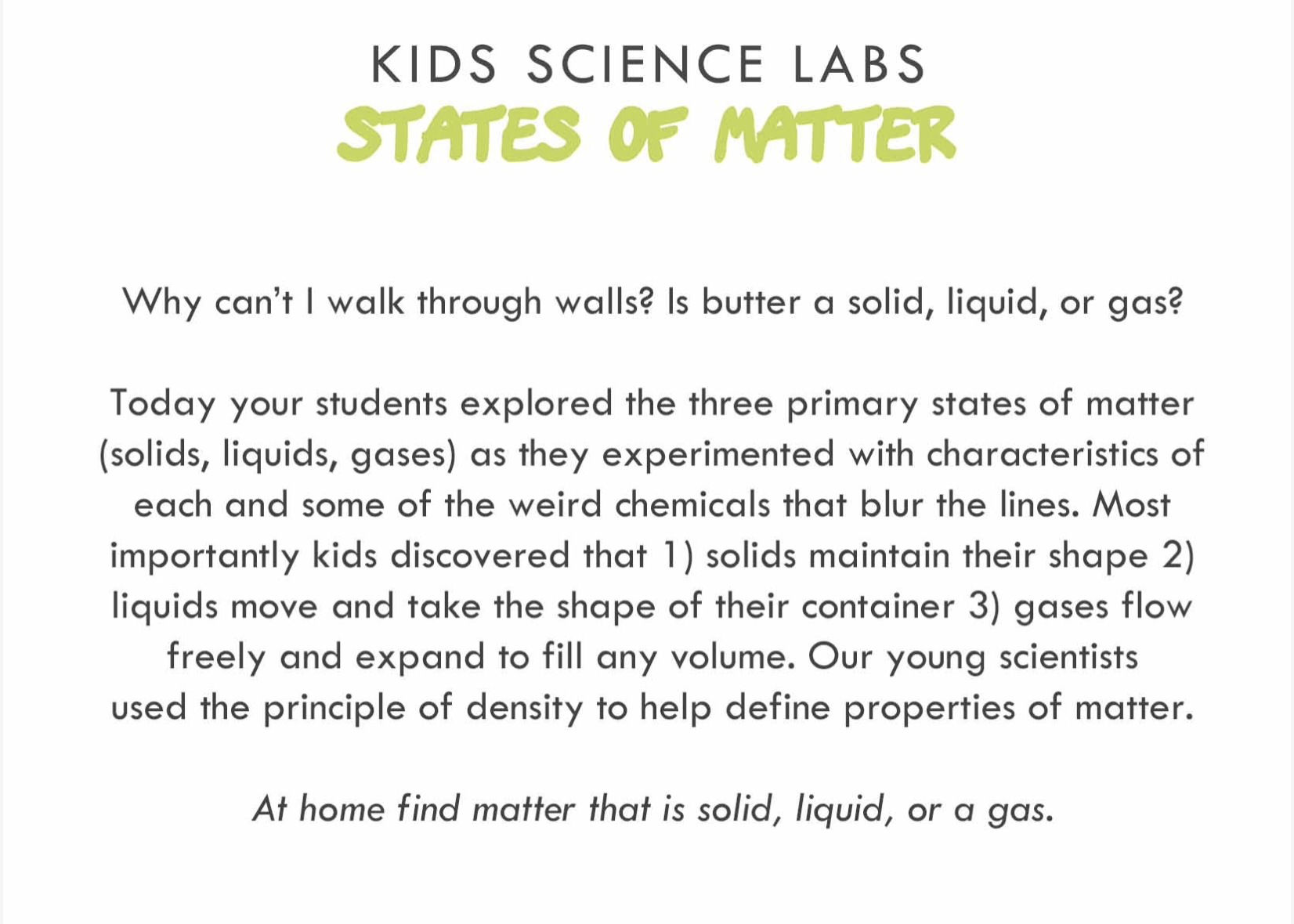Kids Science Labs - Matter - Is Butter a Solid? Why Can I smell Cinnamon across the room?
States of Matter Understanding Starts at PreK in KSL Academy Summer Camps in Chicago
Our scholars at Kids Science Summer Camp in Chicago are focusing their problems solving science on discovering the basic chemistry and characteristics of the primary states of matter. What exactly distinguishes whether everyday objects are solids and liquids, and what chemistry can be deployed to change those characteristics or states of matter.
Summer Camp in Chicago and STEAM Summer Camps in Seattle are all about learning design thinking through three principles:
Building Persistence to Not Give Up when faced with a challenge
Consider a range of possible solutions, without limitations, to any problem that we encounter
Simply choosing the best solution and then iterate to make it better.
In our Summer Camps, we explored the three primary states of matter and their unique properties. In some of our Chicago and Seattle centers, time permitting, we added a rapid fire problem solving challenge to try to fit a small ice cube into a flask, for which it obviously could not fit. Students had to ideate to try to either melt the ice, break the ice, or find another solution that allows the solid matter to fit inside the flask. It wa wonderful to see them experiment in this way.
Throughout todays KSL Academy Class, our student scholars used design thinking to explore and discover the basic chemistry of solids, liquids and gases. In particular, they experimented to learn that Solids maintain their shape, liquids flow and fill any container that they are poured in, and gases expand to fill the room. When exploring butter and other solids, it became clear that using pressure, temperature, and chemistry, we can change the state of matter. Our students also explored gas matter being a real thing, that can move straw paper rockets and other materials, because gas matter is as real as solid and liquid matter. EVERYTHING IS MADE OF MATTER!
Some of our students, use an Applied Science Challenge to provide each student with a set of polymers (jelly marbles) submerged in 50mL of water, and then had them add various solids to ultimately change the density of the water or find other solutions, such as chemical reactions, that would move the polymers to the top of the flask, thus seeing that matter can be changed without using pressure or temperature. Butter is a very interesting case, as it is a suspension liquid, but appears very much like a solid under cooler temperatures. As scientists, does it maintain its shape, or does it fill the shape of its container….well it depends on the temperature and the type of butter it is, which is part of the problem solving point of this weeks class. Matter is unique and quite specific, and takes various characteristics depending on the environments it is placed in.








